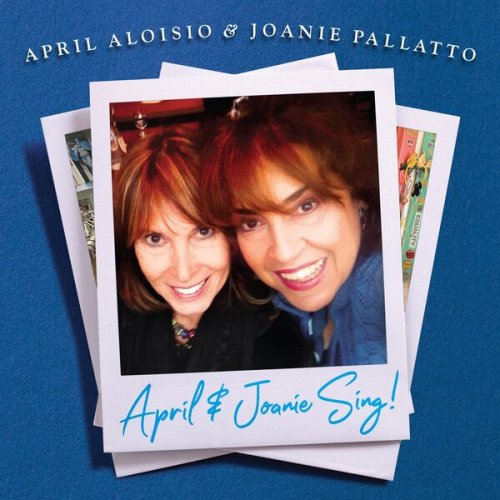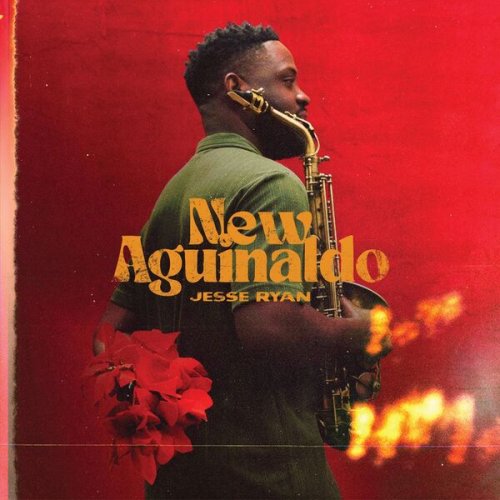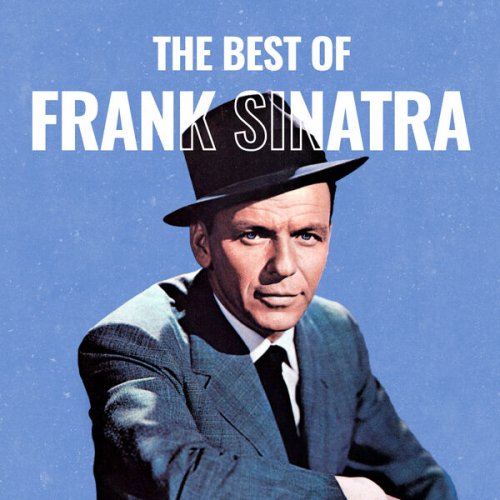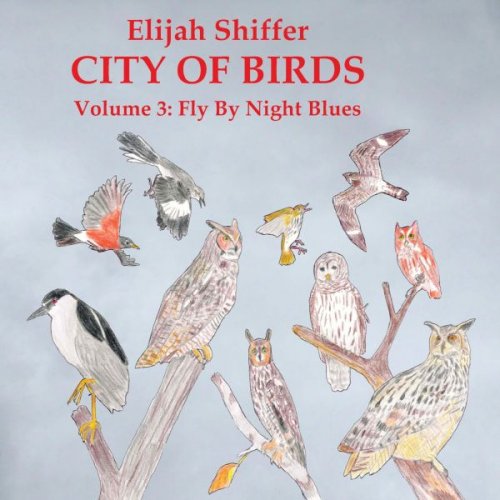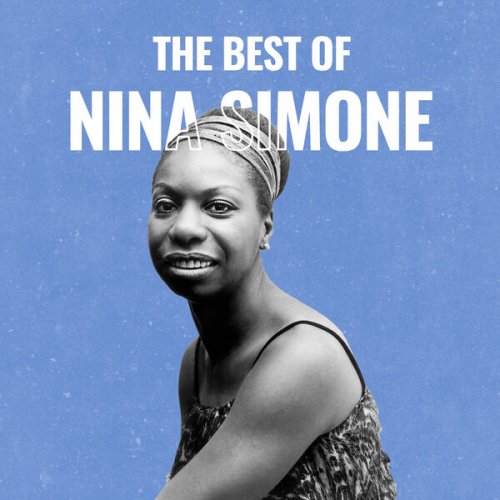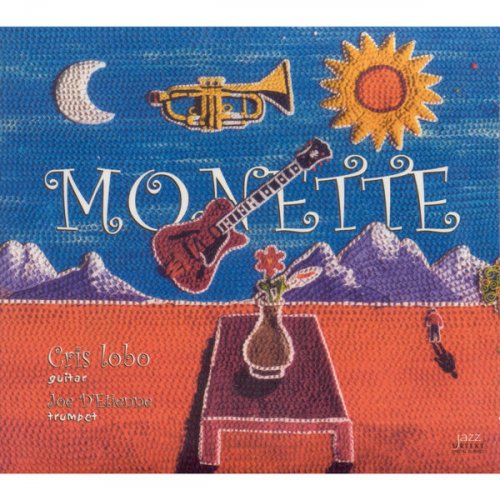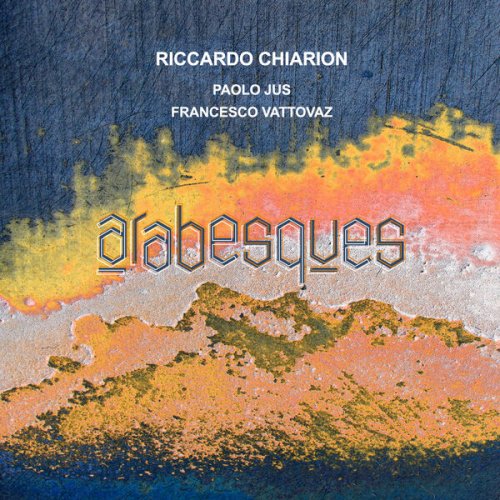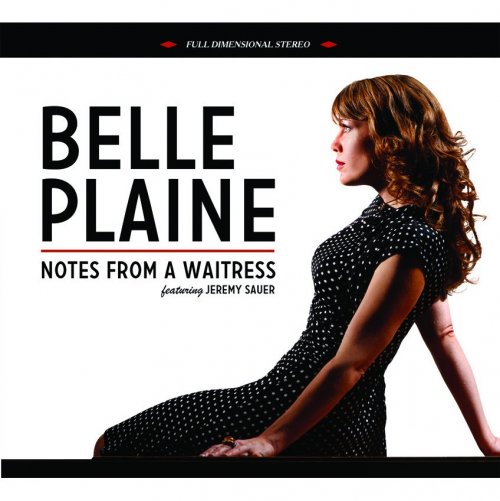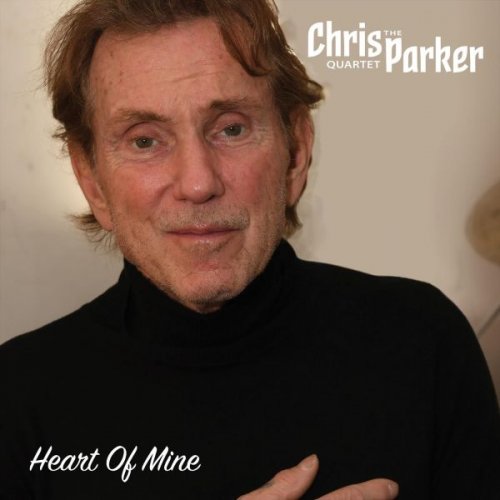Philip Corner - Chorus at the Corner - A Joyfull Noise (2023)
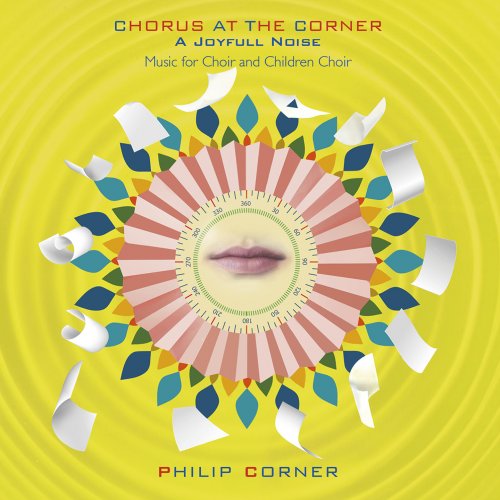
Artist: Philip Corner
Title: Chorus at the Corner - A Joyfull Noise
Year Of Release: 2023
Label: I dischi di angelica
Genre: Contemporary Classical
Quality: FLAC (tracks)
Total Time: 0:44:32
Total Size: 220 MB
WebSite: Album Preview
Tracklist:Title: Chorus at the Corner - A Joyfull Noise
Year Of Release: 2023
Label: I dischi di angelica
Genre: Contemporary Classical
Quality: FLAC (tracks)
Total Time: 0:44:32
Total Size: 220 MB
WebSite: Album Preview
1. Stop! Stop! Stop! 01:20
2. Halleluja! II 03:17
3. Italian Folk Song II: In cima ai monticelli - In Old American Style 00:41
4. Halleluja! 03:51
5. I love you 02:57
6. Scultura sonora 02:42
7. Chorus kit for sacred (and very resonant) spaces 03:24
8. Peace be still II 03:37
9. Scultura sonora + A faint ripple on the immensity of silence 02:26
10. Peace be still 03:31
11. Pace in te + Un canone si fa 02:27
12. Italian Folk Song II: In cima ai monticelli - In Old American Style - 00:38
13. Stop! Stop! Stop! 01:05
14. Crucifixion 02:32
15. Imitation in G 01:52
16. Halleluja! II (deconstructed) 01:18
17. An infinite encore 06:47
Born in 1933, with a career spanning over 65 years, the American composer Philip Corner has explored the most diverse artistic and musical expressions: as a pianist and trombonist, he performed historic and contemporary authors such as Ives, Cage, Cacioppo, Hellerman (in 1963 he also took part in the first integral performance of Vexations by Satie curated by Cage in New York).
As a composer and performer, he was a member of Fluxus (defining with his Piano Activities the most iconic performance of the movement, albeit in the “over the top” rendition by Maciunas, Williams, Vostell, Paik, Higgins, Patterson and Knowles in Wiesbaden in 1962); but also (between 1962 and 1965) of Judson Dance Theatre, composing music for dance and theatre pieces by Lucinda Childs, Yvonne Rainer, Living Theatre, etc;
in 1963 he co-founded the Tone Roads Chamber Ensemble with Malcolm Goldstein and James Tenney; in 1972, with Julie Winter, the ensemble Sounds out of Silent Spaces (at whose performances took part Annea Lockwood, Alison Knowles, Ruth Anderson, Tom Johnson...); and in 1975, with Barbara Benary and Daniel Goode, the Gamelan Son of Lion.
He experimented with both “action music” and “meditative music”, electronic or concrete montages, proto-plunderphonic collages, graphic scores, verbal philosophical/poetic instructions, contemporary gamelans, extreme minimalism (in 1977 in New York his Elementals lasted 123 uninterrupted hours on a single note, played in turn by guests spanning from Beth Anderson, to Cage to Paik); but he also composed for string quartets, chamber music ensembles, orchestras…
As a visual artist he created countless assemblages, calligraphies, collages, drawings, paintings and objects made of various materials, showcased in museums and collections around the world.
Corner has been living in Italy since 1992, and he presented several projects at AngelicA (amongst which an unprecedented trio with Joan La Barbara and Alvin Curran paying homage to Cage), but perhaps the most peculiar one has been Chorus at the Corner – A Joyfull Noise, a commission entirely dedicated to his compositions for choir.
A concert made possible by the availability of two “resident” choirs at the festival:
Arcanto, a group that has worked for AngelicA since 2004 on projects with Giovanna Marini (such as the cd releases Te Deum per un amico and Le ceneri di Gramsci), Alvin Curran and John Duncan - expanded in this occasion by two guest choirs, Coro per Futili Motivi and San Giorgio in Coro; and Piccolo Coro Angelico, a children’s choir devoted to vocal and artistic research founded in 2012, for which several musicians have composed over the years, such as Alvin Curran, Malcolm Goldstein and Philip Corner.
Regarding one of his compositions from 1962 significantly titled Lovely Music, Corner stated that he always had a predilection for the “beauty of sounds”, never having believed that musical forms need to identify with deliberately harsh, chaotic and disjointed sounds in order to be considered advanced.
In his liner notes, the author expresses his admiration for the “American primitives” at the turn of the 19th century as the main inspiration for the pieces performed at the AngelicA concert (dating between 1970 and 2018): like Barnabas McKyes, whose Crucifixion (“a unique masterpiece”) is performed here by Arcanto, or The Sacred Harp, a collection of sacred songs from New England dating back to 1844 - pieces whose “open fifths, strong rather than primitive, and occasionally going parallel in violation of one of the most basic rules of academic theory, brings this music, technically, expressively, spiritually, close to our own modernisms.”
Techniques that the composer also borrowed to harmonise “in old American style” an old Tyrolean folk song, “In cima ai monticelli” (performed in both the Italian and English version).
Even his choral pieces revisit “in slightly new ways” the simplest forms of canon such as the rounds; Corner’s research on this project was focused on the “unsurpassed”, “perfect and suggestive simplicity” of Catch that Catch Can (a collection of “catches, rounds and canons” by John Hilton dating back to 1652) or of the 1800s nursery rhyme Row Row Row Your Boat; and on a social dimension of making music, “sessions where all can learn ‘by ear’ and spontaneously sing-along” - as the subheading for Social Harmony, the collection of scores from 1798 containing the above-mentioned Crucifixion, stated already: “Social Harmony, Containing First, The Rudiments of Psalmody Made Easy. Second, A Collection of Modern Music, Calculated for the Use of Singing Schools and Worshiping Assemblies”.
Although started very late (the first LP under his name was released in 1983, when he was 50), the documentation on record of Corner’s work has seen an exponential growth in the new millennium, but, thanks to its content, this latest cd represents a unique example amongst his production, which amounts today to over 70 titles.
As a composer and performer, he was a member of Fluxus (defining with his Piano Activities the most iconic performance of the movement, albeit in the “over the top” rendition by Maciunas, Williams, Vostell, Paik, Higgins, Patterson and Knowles in Wiesbaden in 1962); but also (between 1962 and 1965) of Judson Dance Theatre, composing music for dance and theatre pieces by Lucinda Childs, Yvonne Rainer, Living Theatre, etc;
in 1963 he co-founded the Tone Roads Chamber Ensemble with Malcolm Goldstein and James Tenney; in 1972, with Julie Winter, the ensemble Sounds out of Silent Spaces (at whose performances took part Annea Lockwood, Alison Knowles, Ruth Anderson, Tom Johnson...); and in 1975, with Barbara Benary and Daniel Goode, the Gamelan Son of Lion.
He experimented with both “action music” and “meditative music”, electronic or concrete montages, proto-plunderphonic collages, graphic scores, verbal philosophical/poetic instructions, contemporary gamelans, extreme minimalism (in 1977 in New York his Elementals lasted 123 uninterrupted hours on a single note, played in turn by guests spanning from Beth Anderson, to Cage to Paik); but he also composed for string quartets, chamber music ensembles, orchestras…
As a visual artist he created countless assemblages, calligraphies, collages, drawings, paintings and objects made of various materials, showcased in museums and collections around the world.
Corner has been living in Italy since 1992, and he presented several projects at AngelicA (amongst which an unprecedented trio with Joan La Barbara and Alvin Curran paying homage to Cage), but perhaps the most peculiar one has been Chorus at the Corner – A Joyfull Noise, a commission entirely dedicated to his compositions for choir.
A concert made possible by the availability of two “resident” choirs at the festival:
Arcanto, a group that has worked for AngelicA since 2004 on projects with Giovanna Marini (such as the cd releases Te Deum per un amico and Le ceneri di Gramsci), Alvin Curran and John Duncan - expanded in this occasion by two guest choirs, Coro per Futili Motivi and San Giorgio in Coro; and Piccolo Coro Angelico, a children’s choir devoted to vocal and artistic research founded in 2012, for which several musicians have composed over the years, such as Alvin Curran, Malcolm Goldstein and Philip Corner.
Regarding one of his compositions from 1962 significantly titled Lovely Music, Corner stated that he always had a predilection for the “beauty of sounds”, never having believed that musical forms need to identify with deliberately harsh, chaotic and disjointed sounds in order to be considered advanced.
In his liner notes, the author expresses his admiration for the “American primitives” at the turn of the 19th century as the main inspiration for the pieces performed at the AngelicA concert (dating between 1970 and 2018): like Barnabas McKyes, whose Crucifixion (“a unique masterpiece”) is performed here by Arcanto, or The Sacred Harp, a collection of sacred songs from New England dating back to 1844 - pieces whose “open fifths, strong rather than primitive, and occasionally going parallel in violation of one of the most basic rules of academic theory, brings this music, technically, expressively, spiritually, close to our own modernisms.”
Techniques that the composer also borrowed to harmonise “in old American style” an old Tyrolean folk song, “In cima ai monticelli” (performed in both the Italian and English version).
Even his choral pieces revisit “in slightly new ways” the simplest forms of canon such as the rounds; Corner’s research on this project was focused on the “unsurpassed”, “perfect and suggestive simplicity” of Catch that Catch Can (a collection of “catches, rounds and canons” by John Hilton dating back to 1652) or of the 1800s nursery rhyme Row Row Row Your Boat; and on a social dimension of making music, “sessions where all can learn ‘by ear’ and spontaneously sing-along” - as the subheading for Social Harmony, the collection of scores from 1798 containing the above-mentioned Crucifixion, stated already: “Social Harmony, Containing First, The Rudiments of Psalmody Made Easy. Second, A Collection of Modern Music, Calculated for the Use of Singing Schools and Worshiping Assemblies”.
Although started very late (the first LP under his name was released in 1983, when he was 50), the documentation on record of Corner’s work has seen an exponential growth in the new millennium, but, thanks to its content, this latest cd represents a unique example amongst his production, which amounts today to over 70 titles.
